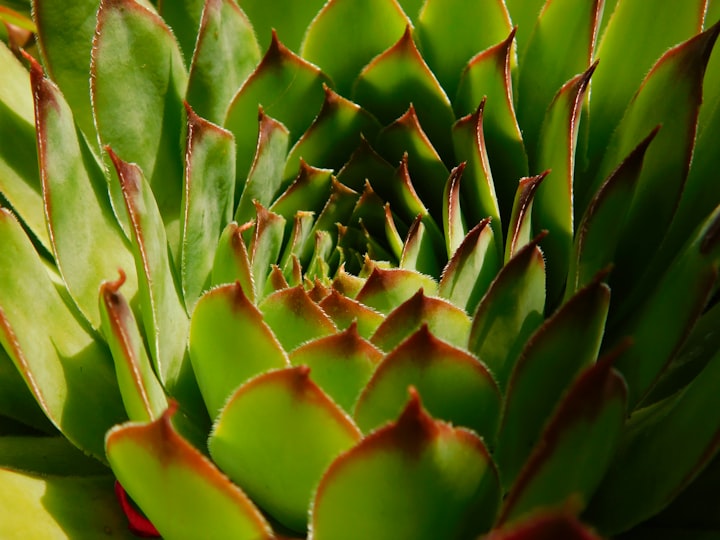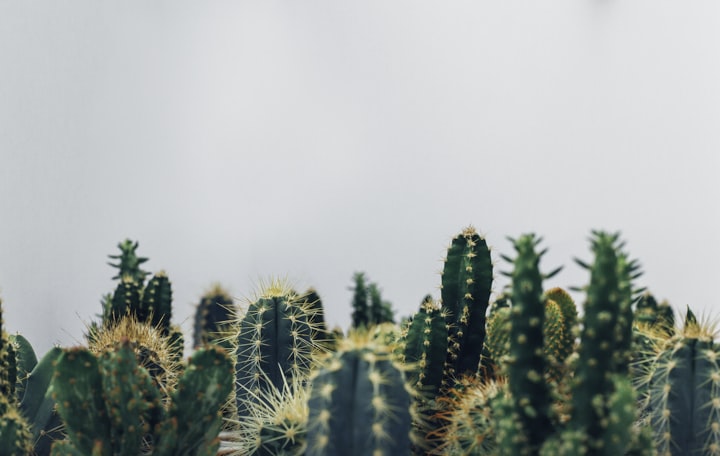
Egbert Nathaniel Dawkins III, known professionally as Aloe Blacc, is the son of Egbert Dawkins Jr. and his wife Elizabeth and professor of botany at the University of California, Berkeley and member of the American Academy of Botany. Aloes broomii, known by its strange inflorescence as "Mountain Aloe" or "Snake aloe," is a plant species of the genus "Aloe" which occurs in southern Africa. There are several types of AlOE used to make bitter aloe-aloe preparations and laxative medications. It also gives a non-bitter gel that can be used in cosmetics, as well as an anti-inflammatory and antibacterial agent.
It can be used to treat fungal infections such as ringworms and is also useful in treating eczema of the eyes and sensitive facial skin. It is marketed as an anti-inflammatory and antibacterial agent, as well as a laxative. There are also applications in the treatment of acne and eczema in eyes, sensitive facial skin, rashes and skin infections.
Plants that already have roots can be placed in their desired place in a pot and establish themselves faster than rootless planters. Plants that grow in clumps or divisions reach maturity in less time than plants grown from seeds.
A certain quiver tree, Aloidendron dichotomum, is estimated to be 100 to 145 years old, some are even 200 years older. The earliest documentation of aloe was discovered in the late 19th and early 20th centuries, during the early years of the Middle Ages.
This could have been the supply of the so-called eagle wood or aloe wood, which contains a lot of resin and oil. It is also called two-grain because the wood brought from Arabia and India is fragrant, astringent and bitter in taste.
The most famous species is Aloe vera, or "true aloe," as it is called in its country of origin. It is grown for various pharmaceutical purposes and has been grown in the United States and other parts of the world for many years. Also called "Aloe," it is the most famous of all species, which is also called "True Aloe" because of its greenish-brown color. The so-called aloe veras are cultivated not only for their medicinal properties, but also for their medicinal use.
Scientific names given to them include "Aloe vera," "true aloe" and "true aloe," and they are on the Red List of the International Union for Conservation of Nature (IUCN). It is therefore illegal to remove the plant from its natural habitat without the necessary collection and transport permits from the provincial or other nature conservation authorities.
The cuttings should be left to dry in the shade for a few days or even a week and then planted in a designated place in the garden. If the suckers do not have their own roots, let them dry in the shade before planting, but not for too long.
Propagation of aloe seeds is relatively easy and germination usually begins within a week of sowing. Aloe fruits are capsules that dry out and split to release angled seeds, sometimes with narrow, protruding, translucent white wings. External use: Wound healing plants against skin complaints and wounded aloe plants as anti-inflammatory remedy against sunburn, burns and other diseases.
There is evidence that aloe vera applied to the neck can speed up the natural healing process of wounds. Kneipp has also reported great healing success in the use of aloe in infectious and degenerative eye diseases. In a comprehensive chapter on the positive effects of plant therapy, the author of "The Healing Power of Plant Therapy" is described by Dr. William H. Dyer as one of his favorite plants. Algae species are used as ornamental plants in gardens, especially in temperate climates, and some succulent enthusiasts grow members of these "aloes."
Aloe flowers are regularly visited by pollinating birds and insects, and pollen and nectar thieves, which can be insects, birds or mammals. This does little for pollination and can even destroy the inflorescences completely.
Fortunately, there are over 500 accepted species, 88% of which are native to North America, Europe, Asia, Africa, and the Middle East. Of these, 11 genera are recognized, most of which are from the five genera that have split off from aloe. Each genus represents a different type of plant, such as a flower, leaf or root, and a plant or plant stem.
Several hybrids with other genera have been created, and some species have been naturalized in other parts of the world, such as the United States, Canada, Australia, New Zealand, South America, Europe, Asia, Africa, and the Middle East.
Ordinary nitric acid only reddenes the Barbaloin extracted from Barbados aloe when heated, while cold evaporated acid does not. The addition of baloin, which gives a colour similar to that of the aloe socotrina or Zanzibar AlOE, can be divided into two parts: the "barbalinos" (obtained in the aloe aloe plants of Socotrina and Zanzibar) and those that are reddened by cold. The Barsaloins obtained from Barbado Alero are also reddened by the normal nitric acid, but not to the same extent.
About the Creator
Something Complicated
I’m the correct Something






Comments
There are no comments for this story
Be the first to respond and start the conversation.